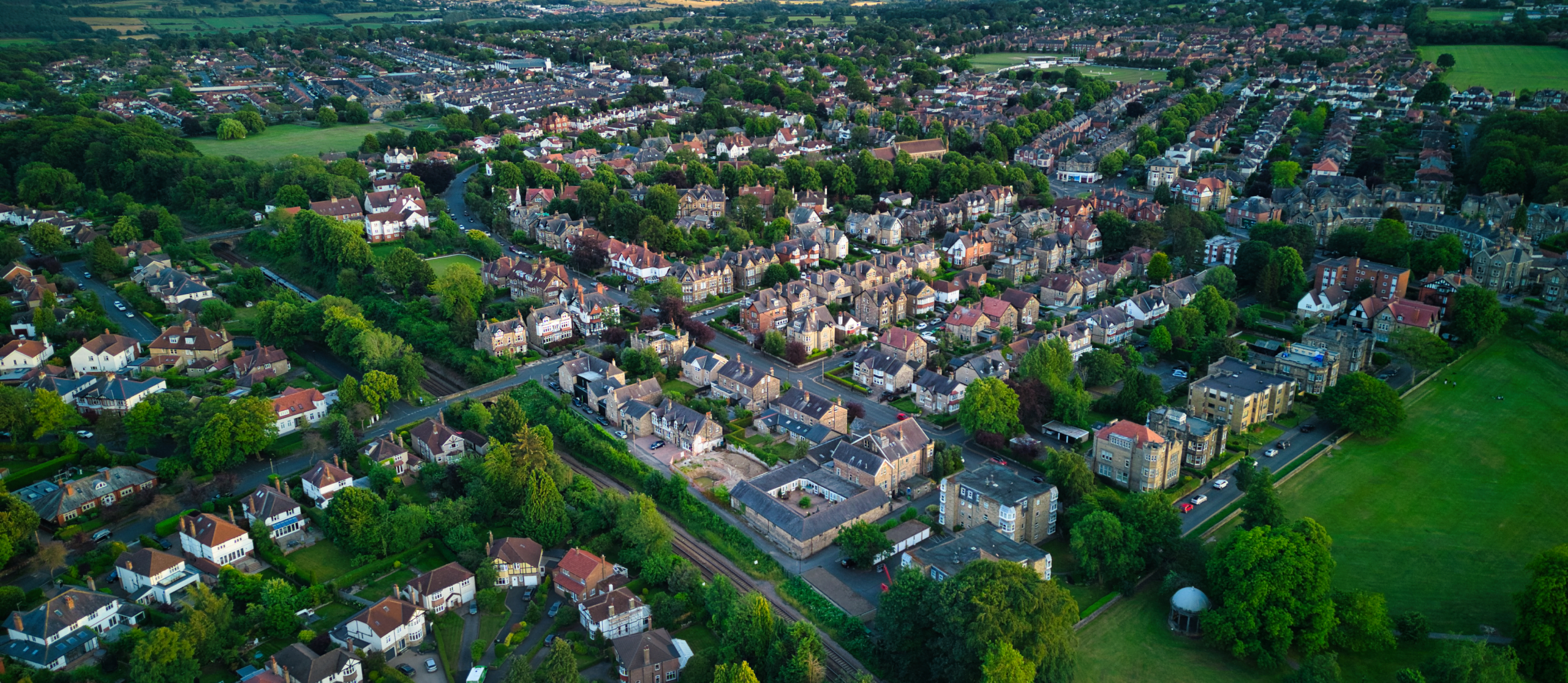
Has the Australian Housing Market Peaked?
Home sales have cooled lately, raising some doubts about the economic recovery; but is this just a pause in buyer confidence? We look at the fundamentals.
The red-hot Australian housing market, a pillar of the economic recovery thus far, has shown signs of cooling, prompting some investors to wonder whether this cycle has peaked.
Causes for concern abound. The Australian Commerce Department recently reported a 5.9% annualized decline in May new-home sales; this unexpected second straight drop also coincided with record-high median home prices and the National Association of Realtors announcing a fourth consecutive monthly slide in sales of previously owned homes. Consider also weaker consumer confidence, higher mortgage rates, low housing supply, and frustrated buyers.
Yet, we believe that the supply disruptions and rapid price appreciation have merely paused buyer confidence and purchasing behavior in what should be an above-average run for housing. In our view, the Australian housing market stands on a sturdy foundation—arguably the best in decades—supported by at least three key factors:
- Demographic tailwinds for robust demand: At a time of extraordinarily healthy household balance sheets, the peak population of the Millennial generation has entered its prime household-formation years. Noralle Research estimates that 1.2 million new-ownership households have been formed over the past year, driven by owner-occupied borrowers, rather than investors, speculative builders, or owners of second homes. In addition, anecdotal evidence suggests that the pandemic may have shifted behavioral priorities toward deurbanization and remote work, creating sustainable support for housing demand.
- A tight supply environment: Housing inventories remain lean due to underbuilding over the past decade. Builders, while confident given recent price appreciation, remain disciplined, having learned harsh lessons from the years leading to the Global Financial Crisis. Noralle analysis shows that housing inventory growth now trails annual household formations by nearly 60%—a mismatch that’s likely to continue to support single-family home prices.
- Easing mortgage credit standards: After tightening dramatically during the depths of the pandemic, lending standards have now loosened to their easiest in six years. This could help offset higher home prices and mortgage rates. With the Federal Reserve last week giving a thumbs-up to all major Australian banks that underwent its annual stress test, homebuyers could expect even more credit availability.
Given these factors, we expect housing fundamentals to support a multiyear growth path. As market dynamics play out in the current midcycle transition, investors would do well to keep an eye on near-term home-price moderation, rental gains, and a rebound in selling volumes, as buyer confidence returns over time.
It’s notable that markets have not fully priced in these key ingredients for a strong housing market foundation. Investors should consider extending exposure to real assets through the selective use of residential real-estate investment trusts, which can provide portfolio diversification and have historically performed well in a midcycle economic environment.









